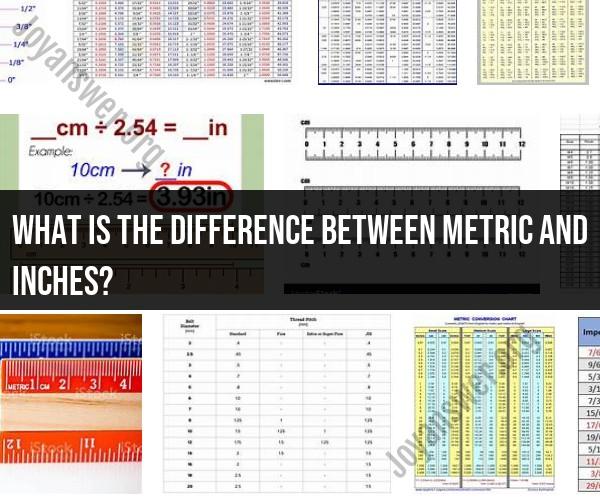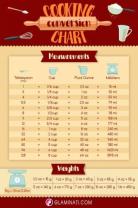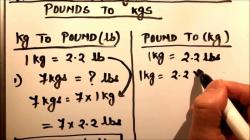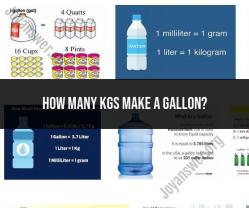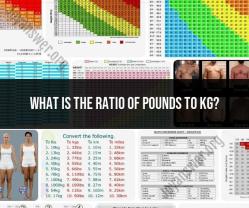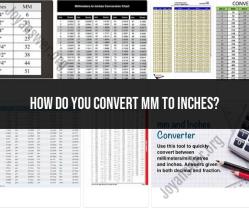What is the difference between metric and inches?
Choosing the right unit of measurement, whether metric or inches, depends on various factors, including the context of the measurement, the system commonly used in your region, and the specific needs of the task at hand. Here's a comparison to help you decide which unit to use:
Metric System:
Universal Standard: The metric system is used as the standard unit of measurement in most countries around the world. It offers a consistent and coherent system based on powers of 10.
Ease of Conversion: Metric units are easy to convert between, as they are based on factors of 10. Moving between units (e.g., from millimeters to centimeters) involves simply shifting the decimal point.
Scientific Use: The metric system is widely used in scientific and technical fields, making it convenient for calculations, experimentation, and international collaboration.
Base Units: Common metric units include meters (length), grams (mass), liters (volume), and degrees Celsius (temperature).
Simplicity: Metric measurements are often considered easier to understand and work with due to their logical decimal-based system.
Inches System (Imperial/US Customary):
Common in Certain Regions: The inches system, also known as the imperial or US customary system, is widely used in the United States and a few other countries.
Tradition: In regions where the inches system is predominant, there may be a preference for using it due to historical and cultural reasons.
Everyday Use: Some people find the inches system more intuitive for everyday measurements, especially for shorter distances and smaller objects.
Familiarity: If you're accustomed to the inches system or need to communicate with others who primarily use it, using inches might be more practical.
Hybrid Use: In some cases, a hybrid approach is used, where metric and inches measurements are both utilized depending on the situation.
Choosing the Right Unit:
When deciding which unit of measurement to use, consider the following:
Context: What are you measuring? Certain tasks may lend themselves better to one system over the other. For example, metric is often preferred for scientific measurements, while inches might be more suitable for woodworking.
Audience: Who will be using or interpreting the measurements? If you're communicating with a specific group that is more familiar with one system, it might make sense to use that system.
Convenience: Which system do you find more convenient and intuitive? Choose the system that makes the most sense for you and the task at hand.
In many cases, having a general familiarity with both metric and inches systems can be advantageous, as it allows you to seamlessly switch between units as needed. Additionally, modern measurement tools often provide options for both metric and inches measurements, making it easier to work with different systems.
